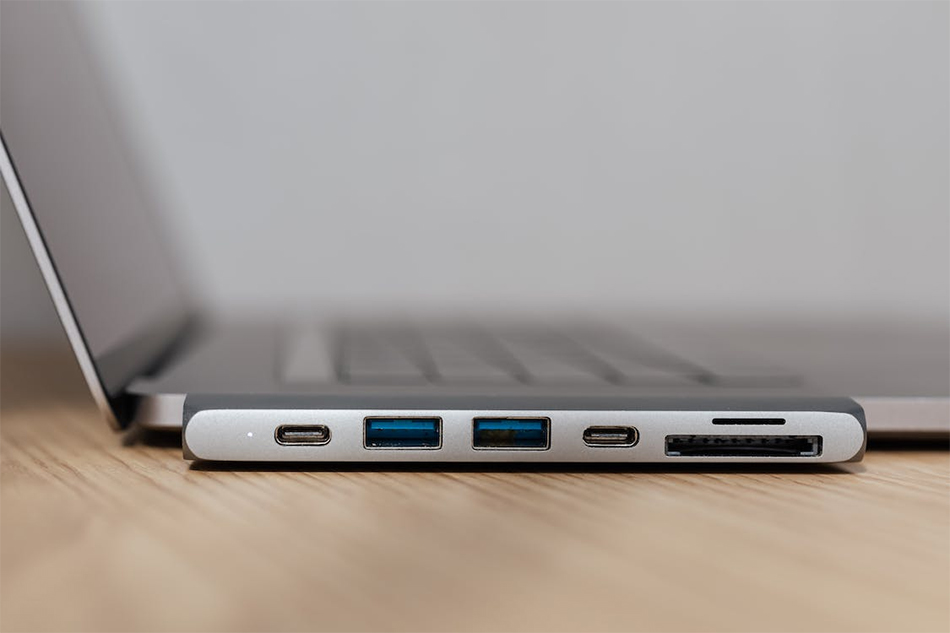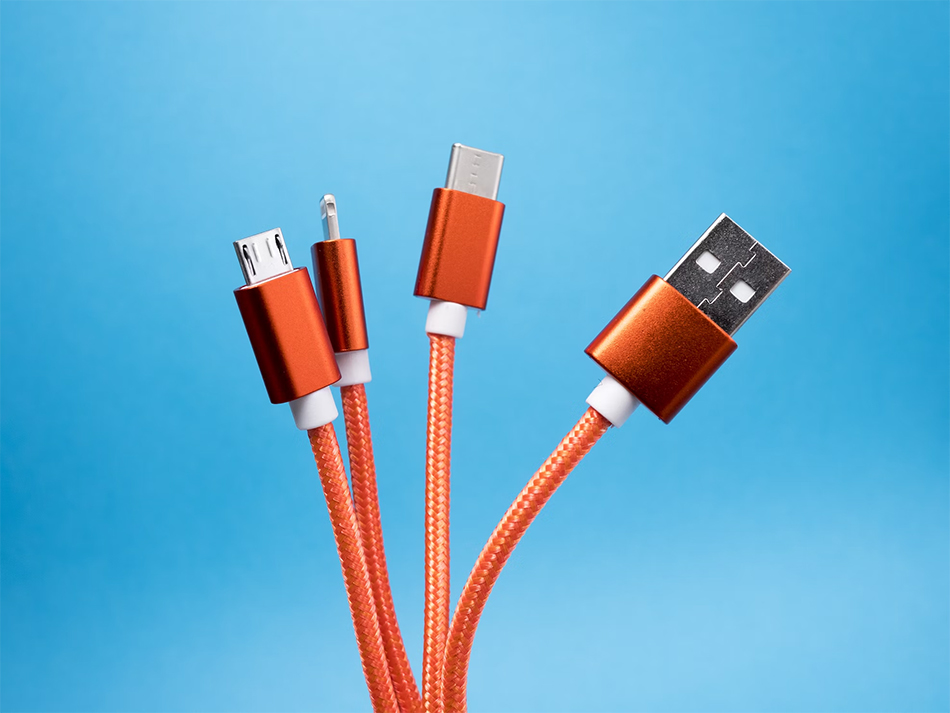The iPhone Finally Switches to USB-C: Here are the Pros and Cons
It was in 2015 when electronic devices started using the USB-C standard. Its highlight feature was its reversibility, something users have been asking because of the inconvenience of having only a single orientation to correctly attach USB devices. The first smartphones that used it were China’s Le1, Le1 Pro, and Le Max. Eventually, the big brands followed suit, and USB-C is now the standard charging and data connection port in most devices manufactured post 2016.
Fast-forward to 2023 and one of the biggest news in most tech sites is the iPhone’s switch to USB-C, finally ditching the company’s proprietary Lightning connector. Interestingly, Apple is one of the developers of USB-C, together with Microsoft and Hewlett-Packard. The iPhone’s adoption of USB-C appears to be around seven years too late.
iPhone 15’s announcement
The switch to USB-C is not exactly a surprise since leaks about the iPhone 15 have been riddling the internet for some time before the official product announcement. However, it appears to be a significant development for many tech watchers. Most headlines about the iPhone 15 highlight the switch to the latest USB standard.
Apple, however, mentions the USB switch with little hype. It is only mentioned matter-of-factly alongside other features. In the official Apple announcement, VP for iPhone Product Marketing Kaiann Drance, notes that the “USB-C has become a universally accepted standard, so we are bringing USB-C to iPhone 15.”
Drance also mentions that Apple’s products have been using USB-C for several years now. Some may say this is an attempt to downplay how late the iPhone is to the USB-C standard. However, Apple is not lying when it claims that it is one of the earliest adopters of USB-C. Its 2015 Macbooks already had USB-C ports in them.
USB-C advantages for the iPhone 15
USB-C essentially represents the functionality of the Lightning connector plus a few improvements, combined with the benefits of the overwhelming popularity of the USB standard.
Just like the Lightning connector, USB-C is highly compact, occupying minimal space in the device for the port and requiring slim connectors at the end of the cable. It has a rotatable symmetry, which means it can be plugged to ports without having to worry about proper pin alignment. Also, both connectors can be used as ports for charging, data transfer, and for connecting multimedia devices such as earphones, printers, and projectors.
When it comes to data transfer speeds, USB-C is significantly faster since it can be based on USB 3.0 (with speeds of up to 5 Gbps) or USB 3.1 (10 Gbps). In contrast, the Lightning connector maxes at 480 Mbps. Additionally, USB-C is designed to support greater power delivery, which means faster charging. Lightning is theoretically limited to a maximum of 60 watts but USB-C can handle up to 100 watts.
Moreover, having USB-C in the iPhone 15 means that Apple’s smartphones can now connect (wired) with significantly more devices without necessitating an adapter or solely relying on Bluetooth to be able to establish connections. USB is the standard multipurpose port in Android devices and a host of other electronics including printers, external hard drives, speakers, digital cameras, IoT, and myriad other devices.
It is also worth noting that the iPhone’s switch to USB-C means that iPhone users will no longer have to worry about future-proofing in view of the European Union’s new policy of requiring smartphones and other devices to adopt the USB standard for users to use common chargers and do away with the convention of having different chargers for different devices.
USB-C drawbacks with the iPhone 15
USB-C itself has no serious disadvantages. However, Apple’s implementation may stir some controversy. As CNet’s Stephen Shankland notes, Apple’s users who will soon be entering the USB ecosystem will now see first hand the ugly side of USB. Users will have to deal with the confusion over the different specifications under USB.
The USB devices in the market at present come in different varieties, from generation 2.0 to generation 3.0 and 3.1. There are also alternative modes such as DisplayPort, HDMI, and Thunderbolt. USB users may have to use different cables to take advantage of USB’s optimum performance. The USB-C ecosystem may end up confusing many users because of the existence of various generations and alternative modes.
As far as the iPhone 15 (base model) is concerned, the problem with its USB-C port is that it is limited to USB 2.0. This means that the maximum data transfer speed is only at 480 Mbps, as indicated in the official iPhone 15 specs sheet on Apple’s website. In other words, the base Phone 15 model does not come with significant data transfer speed improvement. It appears only the higher-tier models are getting USB 3.0.
Responses to the news about the iPhone 15’s adoption of USB technology have been overwhelmingly positive. Even Android users welcome the news. It is just unfortunate that Apple decided against using the latest USB standard for the base version when the price difference between USB 2.0 and 3.0 is miniscule. Even mid-range Android phones already come with much faster USB ports.Nevertheless, the switch to USB is already a good move forward, especially in line with the goal of reducing e-waste.


